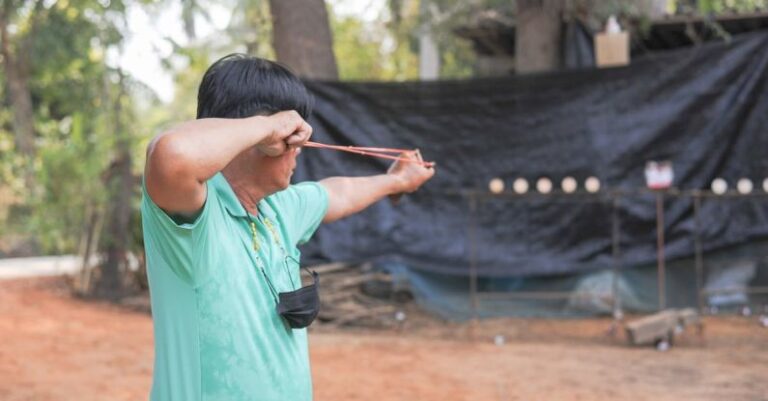
Rally and circuit racing are two popular motorsports that captivate audiences worldwide with their high-speed action and adrenaline-pumping excitement. While both involve fast cars and skilled drivers, there are key differences that set these two disciplines apart. Understanding these distinctions can deepen your appreciation for the unique challenges and thrills that each type of racing offers.
**The Track**
In circuit racing, drivers compete on a closed track with defined turns and straights. These tracks can vary in length and complexity, ranging from classic road courses like the Circuit de Spa-Francorchamps to modern purpose-built circuits such as the Yas Marina Circuit. The closed nature of circuit tracks allows for consistent racing conditions and precise lap times, making it a test of speed, skill, and endurance.
On the other hand, rally racing takes place on a variety of surfaces, including gravel, tarmac, snow, and dirt. Unlike circuit racing, rally stages are often held on public roads or off-road tracks, with drivers racing against the clock rather than head-to-head. Navigating unpredictable terrain and constantly changing conditions adds an element of unpredictability and challenge to rally racing that sets it apart from the controlled environment of circuit racing.
**Car Specifications**
In circuit racing, cars are typically purpose-built for high-speed performance on smooth tracks. These cars are finely tuned machines with advanced aerodynamics, powerful engines, and sophisticated suspension systems designed to maximize grip and cornering speed. The focus in circuit racing is on achieving the fastest lap times and outmaneuvering opponents on the track.
In contrast, rally cars are rugged vehicles modified for off-road conditions and rough terrain. These cars need to withstand the rigors of rallying, including jumps, bumps, and sharp turns. Rally cars are equipped with features like reinforced suspension, skid plates, and roll cages to ensure durability and safety in the demanding rally environment. The emphasis in rally racing is on versatility and adaptability to different surfaces and challenges.
**Driving Techniques**
Circuit racing demands precision and consistency from drivers as they navigate tight corners and long straights at high speeds. Drivers in circuit racing must master the racing line, braking points, and acceleration zones to shave off valuable seconds and gain a competitive edge. Smooth driving, precise control inputs, and strategic overtaking are essential skills for success in circuit racing.
In rally racing, drivers face a different set of challenges that require a broader skill set. Rally drivers must contend with varying grip levels, changing weather conditions, and hidden hazards like rocks or tree stumps. Car control, adaptability, and quick decision-making are crucial in rally racing, as drivers need to react to unexpected obstacles and adjust their driving style on the fly. Rally drivers also rely heavily on their co-drivers, who provide pace notes and guidance throughout the race.
**The Thrill Factor**
Both rally and circuit racing offer thrills and excitement for motorsport enthusiasts, but they do so in different ways. Circuit racing provides spectators with the spectacle of wheel-to-wheel battles, dramatic overtakes, and high-speed crashes on a closed and controlled track. The intensity of circuit racing lies in the competition between drivers as they push themselves and their cars to the limit in pursuit of victory.
In contrast, rally racing offers a more unpredictable and immersive experience, with fans able to witness cars sliding sideways around corners, kicking up clouds of dust on gravel roads, and launching off jumps in remote forests or mountains. The raw, unfiltered nature of rally racing captures the essence of adventure and exploration, as drivers tackle challenging stages in diverse and picturesque locations.
**In Conclusion: The Appeal of Rally and Circuit Racing**
Rally and circuit racing may share a common love for speed and competition, but their unique characteristics set them apart and appeal to different audiences. Circuit racing showcases the precision and technical prowess of drivers and teams on purpose-built tracks, while rally racing tests the versatility and resilience of both man and machine in unpredictable and ever-changing conditions. Whether you prefer the controlled chaos of circuit racing or the wild excitement of rally racing, both disciplines offer a thrilling and unforgettable experience for motorsport fans around the world.





